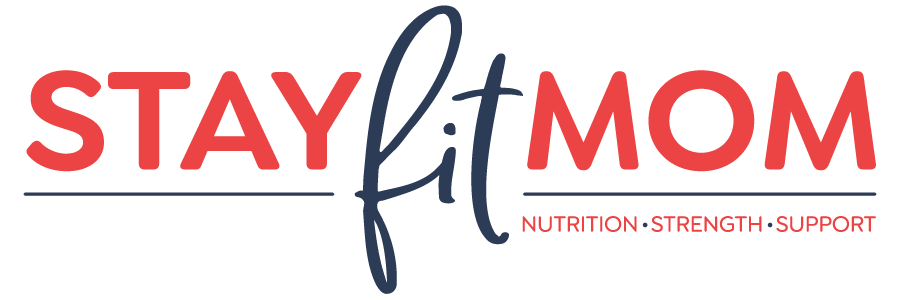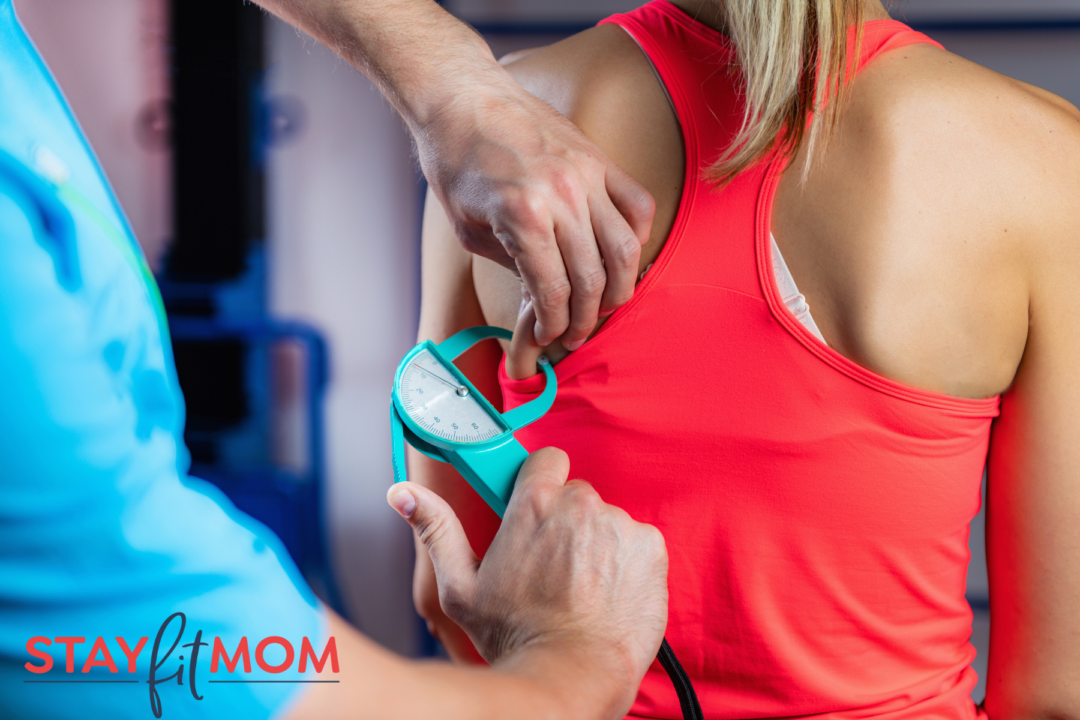So you just bought a new scale on Amazon and HOW FUN it has a body fat percentage capability! What a great additional way to track your progress! You’ve heard people talk about their body fat percentage and now you have yours available to be found right in your bathroom. Seems too good to be true! Because, unfortunately, it is.
At home body fat scales are WIDELY inaccurate. To the point that the only responsible thing to do is to disregard it completely. The MOST accurate readings are off by about 21% and can be wrong by up to 34%. We talk about how the scale bobbles, but can you imagine if you got on it one day at 150 pounds and the next day you were 187 pounds?! No one would try to tell you that was just the sodium you ate last night or the fact that you hadn’t gone number 2 yet! It is just plain wrong.
At home scales use a technology called bioelectric impedance (BIA) to measure your body fat percentage. It sends a weak electric current up one foot and leg and down the other (no farther than your legs) looking for how resistance it finds, with the assumption that the current will move easier through fat-free mass since it has more water. Without even being a scientist or engineer, you can see basic problems with this. The amount of water in our bodies varies CONSTANTLY due to training, hydration, diet, plasma, cardio- you cannot POSSIBLY repeat with the same variables every day. AND those variables do not accurately represent the amount of fat in your body. They are, in fact, USELESS.
You could very easily (and studies have shown) be going DOWN in body fat percentage and your scale could show it rising. And vice versa. Ignore this part of your scale. My smart scale shows my weight then takes a few seconds to determine the body fat percentage- I simply step off after I see the weight number on the scale. So what about bigger, more reliable ways of testing body fat percentage?
Many people WANT to test their body fat. Gyms offer it as an incentive- to do monthly or quarterly. Weight loss challenges include it as a starting and ending data point. Athletes and every day gym goers throw around their number all the time- either what they’re at, what they have been, or what
their goal is. But again, the vast majority of the testing available is useless. The easily
available tests- like InBody or the use of calipers by trainers at gyms, are widely inaccurate.
There are some more reliable tests available, but they are hard to come by. Bod Pod’s are difficult to find outside of a lab setting. The only person I personally know to be able to have Bod Pod testing done on a regular basis is a professor at the University of Tennessee who has access to the one in their exercise physiology department. And DexaScans run almost $100 a test! Even with a Groupon!!!
But beyond the availability or cost, the more important issue is WHY? Why do you want to know your body fat percentage? At worst, the number will be higher than you want or expect and it will only make you upset, frustrated, and depressed. And, at BEST, the number will be low but you’ll be wondering why you don’t look better if that is your body fat percentage. It’s a lose-lose situation. And in the end, whatever the number is, it changes NOTHING about what you’re doing or should be doing.
Hit your macros. Prioritize your protein. Lift heavy weights. Get at least 150 moderate minutes or 75 minutes of vigorous cardio a week. Move your body. Eat your vegetables. Build muscle. Eat in a deficit if you want to lose fat. How your clothes fit, how your progress pictures look compared to 4, 12, 24 weeks ago, how the scale is trending, how your energy/sleep/mood/sex drive is, how you’re performing in the gym- these are the IMPORTANT markers for health and body composition.






No Comments